
How to Choose & Start Probiotics Safely with Hi...
Trying to improve your gut health with histamine intolerance while using probiotics? Be sure to choose the right ones - as the wrong choice can make histamine symptoms worse! Check...
How to Choose & Start Probiotics Safely with Hi...
Trying to improve your gut health with histamine intolerance while using probiotics? Be sure to choose the right ones - as the wrong choice can make histamine symptoms worse! Check...
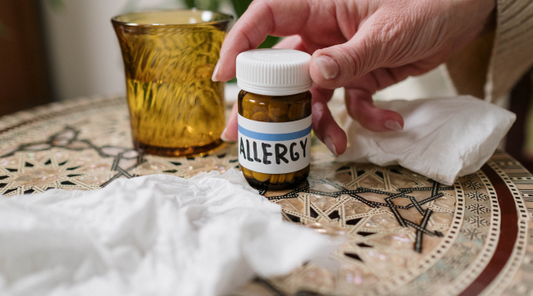
Histamine Intolerance vs. Allergy: What’s the D...
What's the difference between histamine intolerance and food allergies? Naming your condition when the symptoms of histamine intolerance and food allergies look the same can be confusing! Here's a helpful...
Histamine Intolerance vs. Allergy: What’s the D...
What's the difference between histamine intolerance and food allergies? Naming your condition when the symptoms of histamine intolerance and food allergies look the same can be confusing! Here's a helpful...
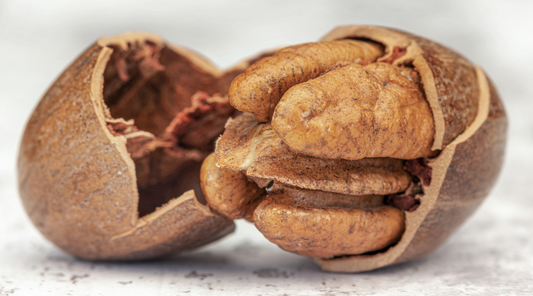
Pecans Histamine: Friendly or Flare-Up Foe?
Pecan pie, pecan nut cookies, pecan crumbles on freshly baked banana bread, pecan crusted salmon… the possibilities when it comes to using pecan nuts in sweet or savory dishes is...
Pecans Histamine: Friendly or Flare-Up Foe?
Pecan pie, pecan nut cookies, pecan crumbles on freshly baked banana bread, pecan crusted salmon… the possibilities when it comes to using pecan nuts in sweet or savory dishes is...
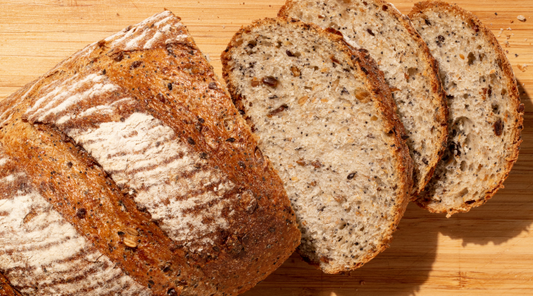
Avoiding High Histamine Foods? Xanthan Gum Migh...
So you’re scanning through the ingredients on your favorite healthy baked product you’ve always enjoyed… and you’re sure it’s safe. After all, there’s no gluten, dairy or preservatives listed. Why...
Avoiding High Histamine Foods? Xanthan Gum Migh...
So you’re scanning through the ingredients on your favorite healthy baked product you’ve always enjoyed… and you’re sure it’s safe. After all, there’s no gluten, dairy or preservatives listed. Why...
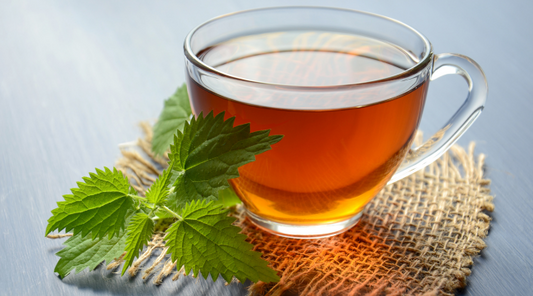
Revealed: Your Number One All Natural Antihista...
Did you know, there are over 47 symptoms related to histamine intolerance! And while they can all cause severe dysfunction and bother, there’s one I can say is likely the...
Revealed: Your Number One All Natural Antihista...
Did you know, there are over 47 symptoms related to histamine intolerance! And while they can all cause severe dysfunction and bother, there’s one I can say is likely the...

Yummy 2-ingredient Low Histamine Ice Cream for ...
One of my favorite things when it’s hot outside is to have something icy cold. And what could be better than ice cream!? Now, you all know I struggled with...
Yummy 2-ingredient Low Histamine Ice Cream for ...
One of my favorite things when it’s hot outside is to have something icy cold. And what could be better than ice cream!? Now, you all know I struggled with...

Following a Low Histamine Diet? Here’s Salmon H...
When you’re following a low histamine diet, it’s important to include a variety of different food sources in your meals. By including diversity, you can ensure you get all of...
Following a Low Histamine Diet? Here’s Salmon H...
When you’re following a low histamine diet, it’s important to include a variety of different food sources in your meals. By including diversity, you can ensure you get all of...

Guaranteed: You’ll Want to Try This Delicious L...
There’s just something about nut butter. There’s the convenience of it - being able to grab a jar and quickly slap some onto a slice of bread or some crackers...
Guaranteed: You’ll Want to Try This Delicious L...
There’s just something about nut butter. There’s the convenience of it - being able to grab a jar and quickly slap some onto a slice of bread or some crackers...
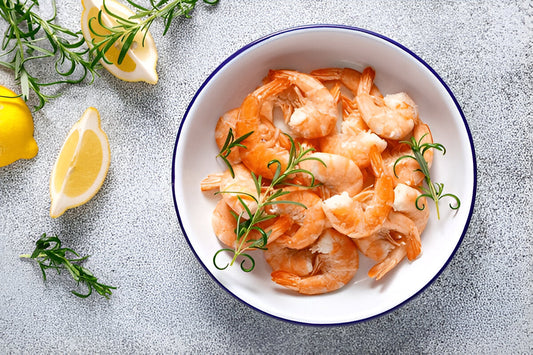
Is Shrimp High In Histamine? What You Need to K...
Whether it's a BBQ, cocktail hour, or just part of a delicious meal that has been cooked up, shrimp is a popular option that comes up in many dishes and...
Is Shrimp High In Histamine? What You Need to K...
Whether it's a BBQ, cocktail hour, or just part of a delicious meal that has been cooked up, shrimp is a popular option that comes up in many dishes and...
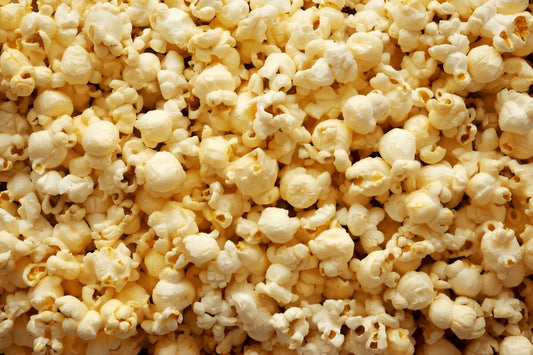
Snack Time! Is Popcorn High Histamine or Safe t...
What do you eat when you’re craving a little snack? Hmmmm, what about plain salted potato chips? Not an option with the hydrogenated vegetable oils and other additives most brands...
Snack Time! Is Popcorn High Histamine or Safe t...
What do you eat when you’re craving a little snack? Hmmmm, what about plain salted potato chips? Not an option with the hydrogenated vegetable oils and other additives most brands...
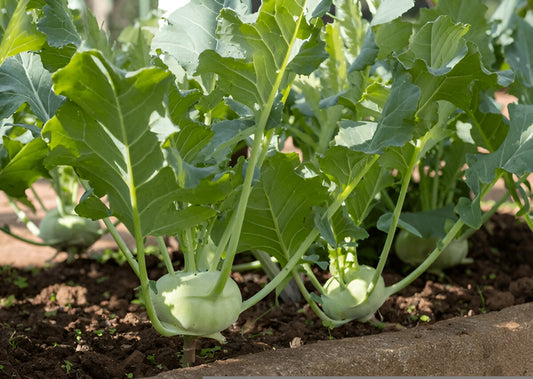
Is Kohlrabi Low Histamine? The Answer Revealed!
Kohl… what? Kohl-rabi! This green vegetable might sound like an exotic food that needs to be avoided while following a low histamine diet, but au contraire! It’s simply a cruciferous...
Is Kohlrabi Low Histamine? The Answer Revealed!
Kohl… what? Kohl-rabi! This green vegetable might sound like an exotic food that needs to be avoided while following a low histamine diet, but au contraire! It’s simply a cruciferous...
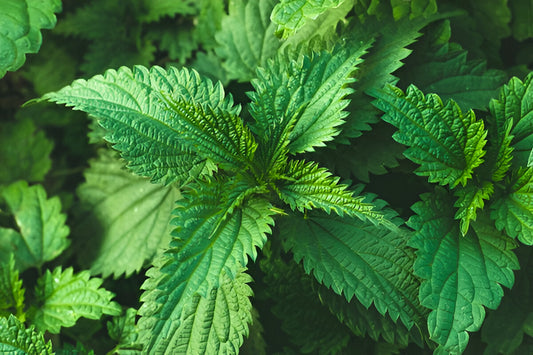
Stinging Nettle Antihistamine Explained
What picture comes to mind when I say the words itching and swollen eyes, runny nose, sneezing, skin breaking out in hives, wheezing and coughing? That’s right! The image you...
Stinging Nettle Antihistamine Explained
What picture comes to mind when I say the words itching and swollen eyes, runny nose, sneezing, skin breaking out in hives, wheezing and coughing? That’s right! The image you...
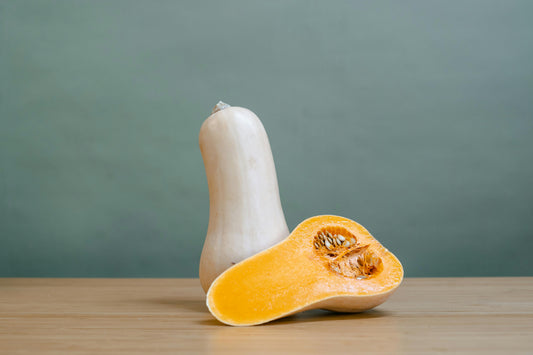
Is Butternut Squash Low Histamine? You'd Better...
Living with histamine intolerance is hard! And it’s not because of all the bothersome symptoms… sure, they can be debilitating, too, but I’m talking about navigating your diet! Even with...
Is Butternut Squash Low Histamine? You'd Better...
Living with histamine intolerance is hard! And it’s not because of all the bothersome symptoms… sure, they can be debilitating, too, but I’m talking about navigating your diet! Even with...
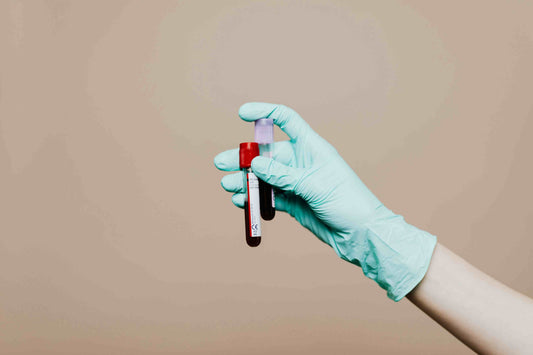
Do You Need a Diamine Oxidase Test if You’re Li...
When it comes to living with histamine intolerance, there are a lot of moving parts to consider. One of the first steps to overcoming histamine intolerance is to investigate the...
Do You Need a Diamine Oxidase Test if You’re Li...
When it comes to living with histamine intolerance, there are a lot of moving parts to consider. One of the first steps to overcoming histamine intolerance is to investigate the...
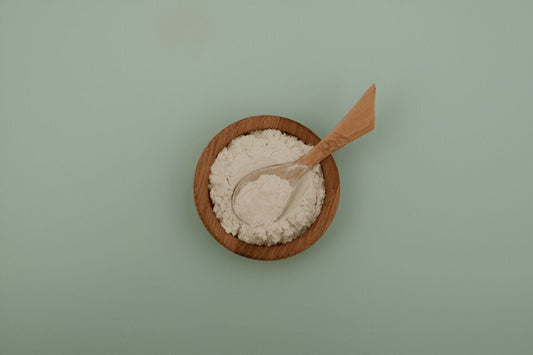
Guar Gum Histamine Intolerance: Here’s What You...
When you’re living with histamine intolerance, it can be hard to navigate your diet… even when you’re armed with one of the best and most comprehensive lists showing you exactly...
Guar Gum Histamine Intolerance: Here’s What You...
When you’re living with histamine intolerance, it can be hard to navigate your diet… even when you’re armed with one of the best and most comprehensive lists showing you exactly...
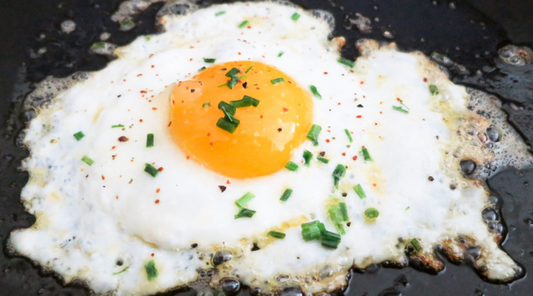
Best Low Histamine Breakfast Foods to Start You...
I might sound like I’m old school when it comes to my opinion about breakfast… but I do believe it is the most important meal of the day; especially when you’re...
Best Low Histamine Breakfast Foods to Start You...
I might sound like I’m old school when it comes to my opinion about breakfast… but I do believe it is the most important meal of the day; especially when you’re...
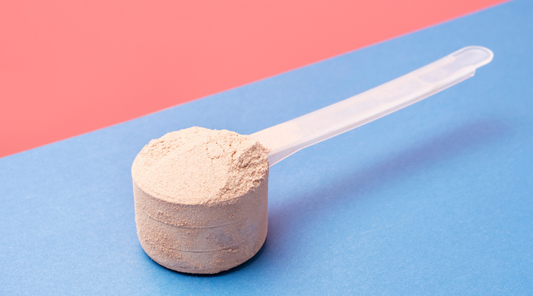
Low Histamine Protein Powders to Fuel Your Day
Boy, it sure is tough living with histamine intolerance! Not only are you limited in what you can eat, you’re always being told the most important way to manage your...
Low Histamine Protein Powders to Fuel Your Day
Boy, it sure is tough living with histamine intolerance! Not only are you limited in what you can eat, you’re always being told the most important way to manage your...
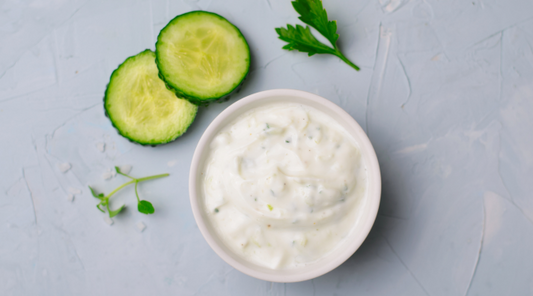
The Best Low Histamine Snacks for a Quick and H...
There’s little worse than feeling a twinge of hunger between meals and you have nothing to eat. It’s like those grumbles and gurgles in your tummy are all consuming and...
The Best Low Histamine Snacks for a Quick and H...
There’s little worse than feeling a twinge of hunger between meals and you have nothing to eat. It’s like those grumbles and gurgles in your tummy are all consuming and...

How Salami Histamine Affects Your Body and What...
It’s deliciously fatty and salty, and just the perfect accompaniment that fits perfectly on a little cracker… an all round tasty snack; and you’ve got it right, I’m talking about...
How Salami Histamine Affects Your Body and What...
It’s deliciously fatty and salty, and just the perfect accompaniment that fits perfectly on a little cracker… an all round tasty snack; and you’ve got it right, I’m talking about...

Is Coffee High in Histamine? The Truth About Yo...
Coffee isn’t simply a drink. It’s a culture. For many, it brightens up their day. It can give you a boost in your step. It’s associated with connection and friendship....
Is Coffee High in Histamine? The Truth About Yo...
Coffee isn’t simply a drink. It’s a culture. For many, it brightens up their day. It can give you a boost in your step. It’s associated with connection and friendship....
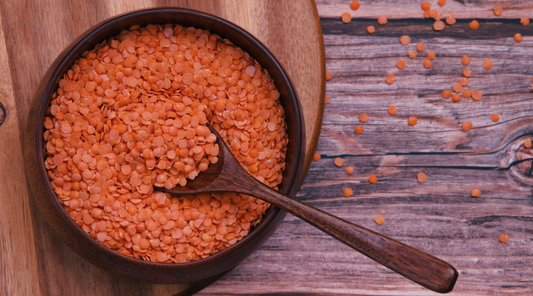
Are Lentils Low Histamine? Understanding the Hi...
Following a low histamine diet is tough. Not only is it quite restrictive, it can be downright confusing!There’s also the simple fact that some people tolerate more histamine in their...
Are Lentils Low Histamine? Understanding the Hi...
Following a low histamine diet is tough. Not only is it quite restrictive, it can be downright confusing!There’s also the simple fact that some people tolerate more histamine in their...
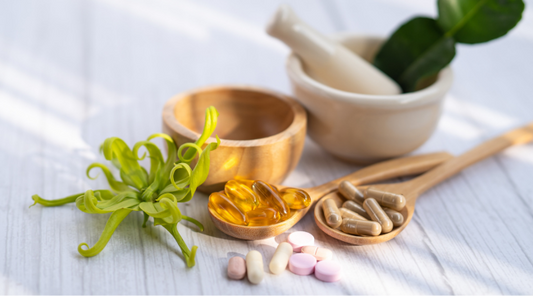
Everything You Need to Know About Natural Antih...
Are you someone who takes an antihistamine medication every day to control their runny nose, itchy eyes, tickle in the throat, and skin hives? And are you looking for natural...
Everything You Need to Know About Natural Antih...
Are you someone who takes an antihistamine medication every day to control their runny nose, itchy eyes, tickle in the throat, and skin hives? And are you looking for natural...

The Histamine Intolerance Food List - 187 Foods...
So, you're struggling with histamine intolerance and don't know how to get your itching, bloating, gas, diarrhea, sleep and mood under control. You may have tried to eat less histamine-containing foods, but...
The Histamine Intolerance Food List - 187 Foods...
So, you're struggling with histamine intolerance and don't know how to get your itching, bloating, gas, diarrhea, sleep and mood under control. You may have tried to eat less histamine-containing foods, but...
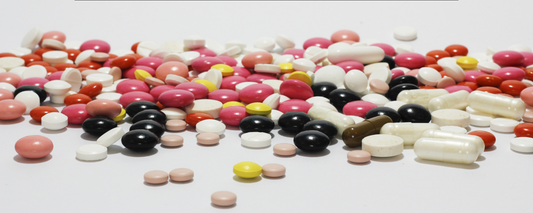
A Comprehensive Guide to Histamine 2 Receptor A...
Are heartburn and indigestion ruining your appetite for even simple meals? When stomach acid has gone rogue, it can make it impossible to enjoy even your favorite foods, affecting both...
A Comprehensive Guide to Histamine 2 Receptor A...
Are heartburn and indigestion ruining your appetite for even simple meals? When stomach acid has gone rogue, it can make it impossible to enjoy even your favorite foods, affecting both...


